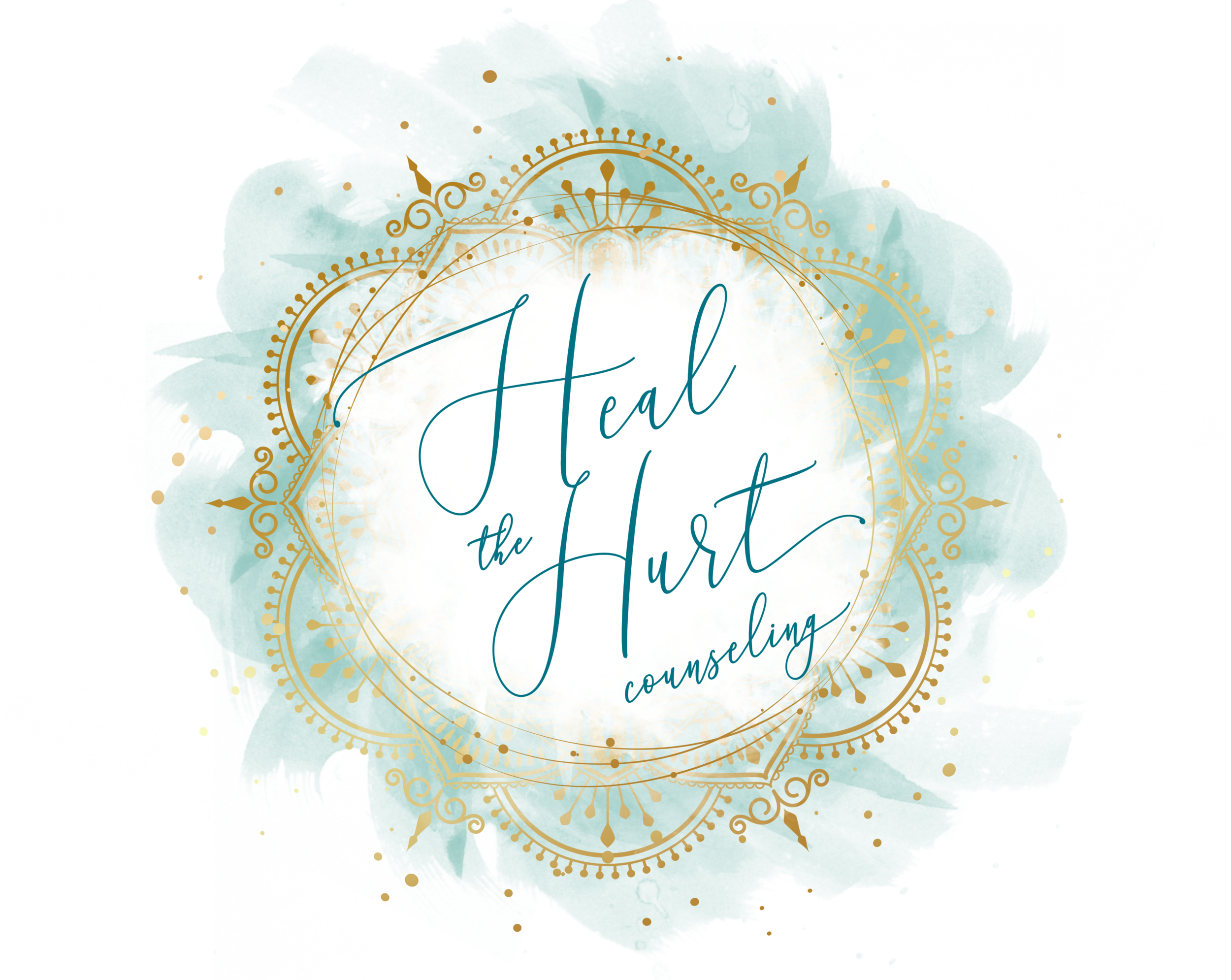LESSONS FROM PARENTING: WHAT ANGER TEACHES US
by Jen Drader, AMFT
Today in our parenting group, one of the parents learned about himself by taking a step back to get to know his anger. This can be really challenging to do because we often have an urge to get rid of our anger or to bulldoze through it. Many of us learn growing up that anger is “not good” and we need to “stop being upset.” So when we get to be adults, we haven’t learned how to decipher what our anger is trying to tell us. We can be left feeling like an angry or even a bad person for not being able to better manage our anger. There’s no judgement toward our parents here, they were just doing the best they could. In this particular class, this young father had a chance to mindfully and curiously get to know his anger that was coming up when he had disagreements with his wife. He could recognize that when anger came over him, he felt his blood pressure rising, his heart racing, his jaw clench, and had a feeling of the blood leaving his extremities and rushing to his face. He practiced approaching these feelings with kindness and understanding, knowing this was a hard and scary place to be. When he looked a little deeper, exploring whether this was a feeling that felt familiar from his childhood, he easily related these feelings with those he experienced as a child when his father was abusive toward his mother and younger siblings. As a child, he felt helpless to protect his mom and siblings, who he loved so much. During that time, he committed to growing bigger and older and never having to feel helpless again. While remembering this, he felt shame realizing that when he becomes angry he resembles the scary person his father had been. With a little reassurance, he could also see that his determination from such a young age not to be helpless again was deeply rooted, drove him to get through an impossible situation, and was now coming up in ways that didn’t reflect who he wanted to be.
When he continued to explore the feeling of helplessness underlying his anger, he could identify what he really needed then. “Reassurance. That (my partner) can see and understand how I’m feeling, and reassurance that what I’m going through matters.” He reflected on how he could ask for this from his partner when he needed it, perhaps after taking a little time to process his emotions and come back to his partner in a calmer, more regulated place. Maybe, we imagined together, with some practice, it could even be something he could grow to do when the initial pangs of anger came on. Maybe he could learn to know that those pangs of anger where telling him that he was feeling helpless and needed reassurance and to be heard and acknowledged. Wow, this dad really went there! He was incredibly courageous to lean into the scary feeling of anger and came out discovering what it was trying to tell him! He went from being at the mercy of his anger to being empowered knowing what he needed and being in a position to ask for reassurance and to get it.
How well do you do with strong or difficult emotions? When we experience strong emotions like anger, we can become overwhelmed by them, feel like they are us, and explode at those we care about the most. This lesson helps give insight to see that anger is often a secondary emotion that protects us from more vulnerable emotions like sadness and fear. If we can take a risk and notice what’s beneath anger, we can start to be more in control of how we respond, treat those around us, get the support we need when we’re having a hard time, and teach our kids to be able to do that, too!
